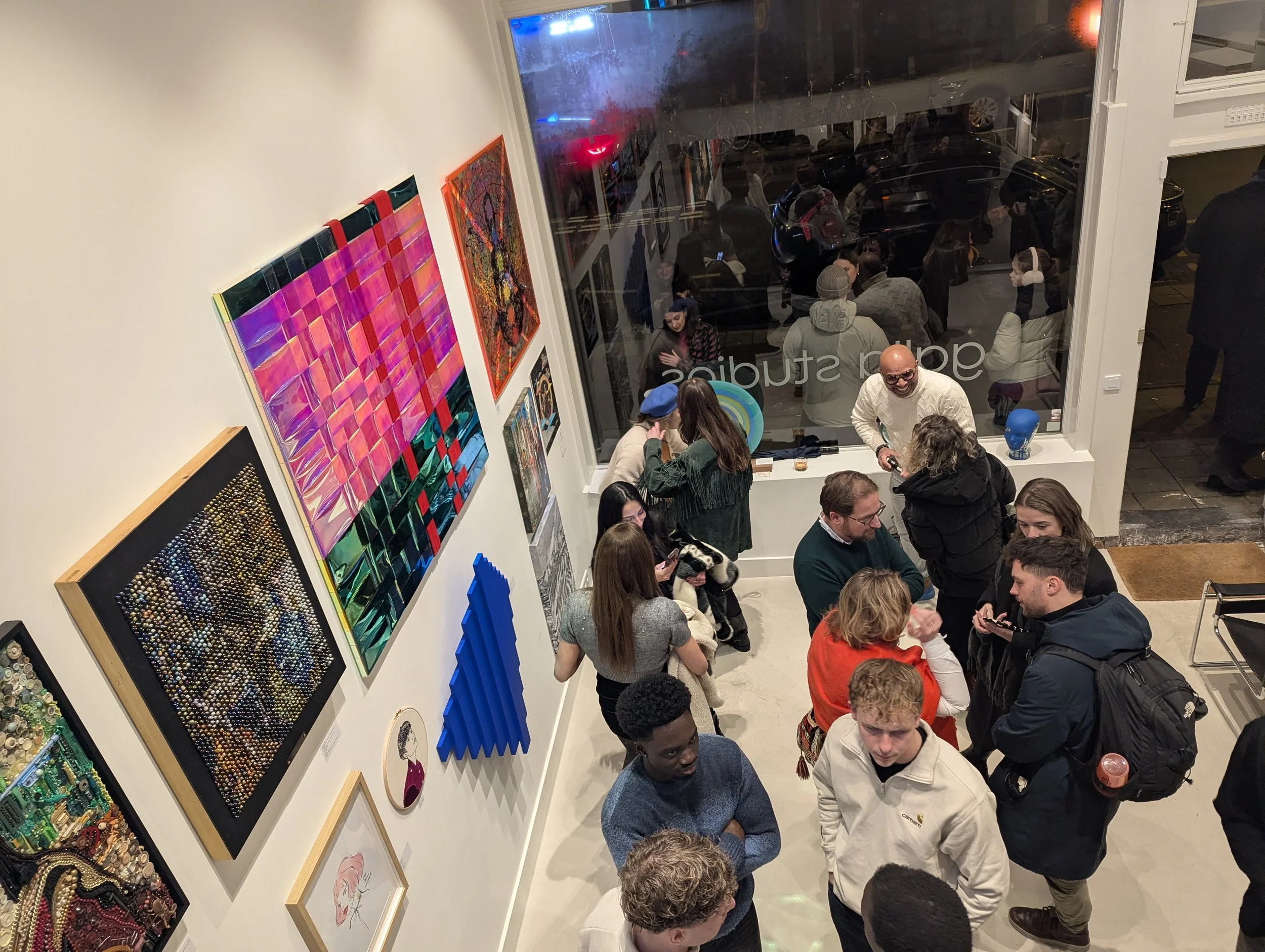Girl with a Pearl Earring has many nicknames but none more telling than “the Mona Lisa of the North.” Part backhanded artistic compliment and part acknowledgement of the power of a mysterious smile, this nickname nonetheless positions Vermeer’s painting as one of the most important art pieces never louted for the Louvre.
Painted in Delft in 1665, Vermeer’s Girl with a Pearl Earring is a masterpiece of the Dutch Golden Age. While by no means my favorite Vermeer, she is definitely The Vermeer that his legacy hangs upon. A gorgeous portrait of a nameless girl wearing a turkish turban and an ostentatious pearl earring, it’s one of four surviving “tronies” painted by Vermeer.
Now tronies are a bit like obscenity - hard to define but you’ll know them when you see them. Neither portraits nor caricatures, they’re more akin to a character study. For tronies focus on physical qualities and expressions over the identity of specific, identifiable sitters. Coming after an era where most art was a political endeavour commissioned by churches and kings, this was quite the novel artistic development.
“The main goal of the artists who created tronies was to achieve a lifelike representation of the figures and to show off their illusionistic abilities through the free use of color, strong light contrasts, or a peculiar color scheme.Tronies embodied abstract notions such as transience, youth, and old age, but could also function as positive or negative examples of human qualities, such as wisdom, strength, piety, folly, or impulsiveness.” - Wikipedia
A distinctly “Low Country” tradition, by Rembrandt’s time in the early 1600’s a lucrative tronie market had developed and every Tom, Dick, and Jan was creating them. And while Rembrandt painted quite a few himself, his name is not pinned to the genre in quite the same way as Vermeer’s. Which is slightly ironic, for, as I mentioned, Vermeer painted only four of them.
But what a four they are! Hell, throw out the other three and Girl with a Pearl Earring is still a show-stopping, reputation-earning, tour de force amongst the genre. Painted in striking chiaroscuro with liberal use of ultra-expensive ultramarine pigments, Girl with a Pearl Earring absolutely captivates the viewer. I’ve heard you can watch people at the Mauritshuis lose their composure in front of her. Moved to cultural and aesthetic rapture as they make eye contact across the safety glass. Without the Louvre’s crowd control trappings (not to mention the crowds that have justified them), it’s still possible to sneak an intimate moment with her. Something untrue of the Mona Lisa for several decades now.
There’s a quote attributed to Girl With A Pearl Earring author Tracy Chevalier that I find apt when discussing the Mona Lisa comparisons.
“The image works because it is unresolved… You can’t ever answer the question of what she’s thinking or how she’s feeling. If it were resolved, then you’d move onto the next painting. But it isn’t, so you turn back to it again and again, trying to unlock that mystery. That’s what all masterpieces do: we long to understand them, but we never will.”
A mystery is continually in motion. In both the Mona Lisa and The Girl there’s a delicate triangulation between the eyes and the smile (and the earring) that moves our vision across the canvas. Back and forth, back and forth, our sight jumps between the features without resolution. Is the power of this art in her eyes? In her lips? In the slight dimpling of her checks? We fail to find a singular repository for the True Artistry Of The Work® because it resides in the gyrations of our eyesight, not in any surgically atomized facial feature.
The source of Vermeer’s artistic mastery lies in the interplay of The Girl’s features with one another and with us the viewer. In the way our eyes travel across her face, looping her features deep into our brain like a particularly catchy radio jingle. Her penetrating gaze, her sly smile, her lack of eyebrows, her puzzling backstory, her talented but un-prolific creator, her modern day over-commercialization…
Fine. The comparisons to the Mona Lisa might run more than skin deep. Or should I say, the comparisons to The Girl with a Pearl Earring of the South run more than skin deep. :P














































